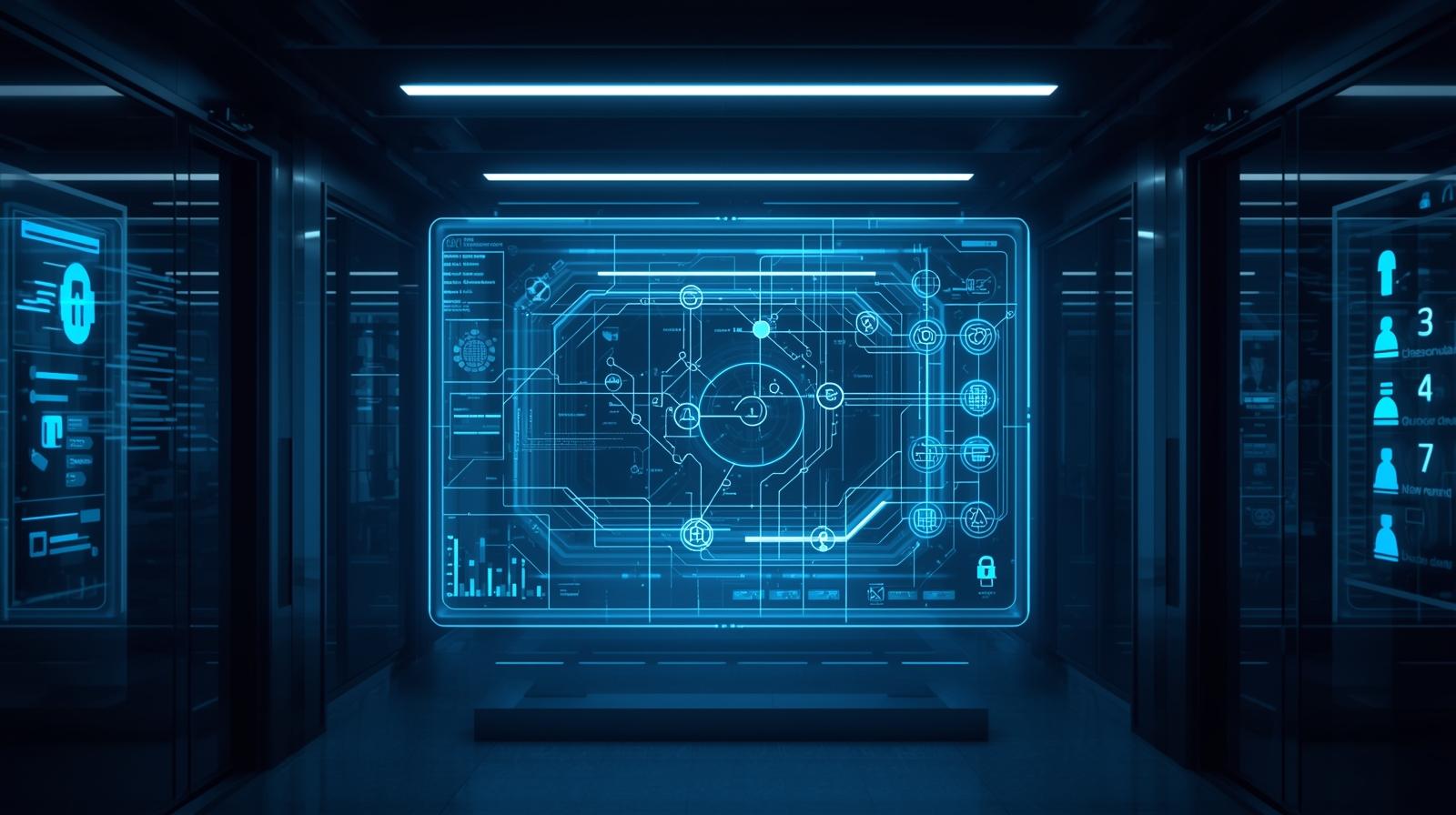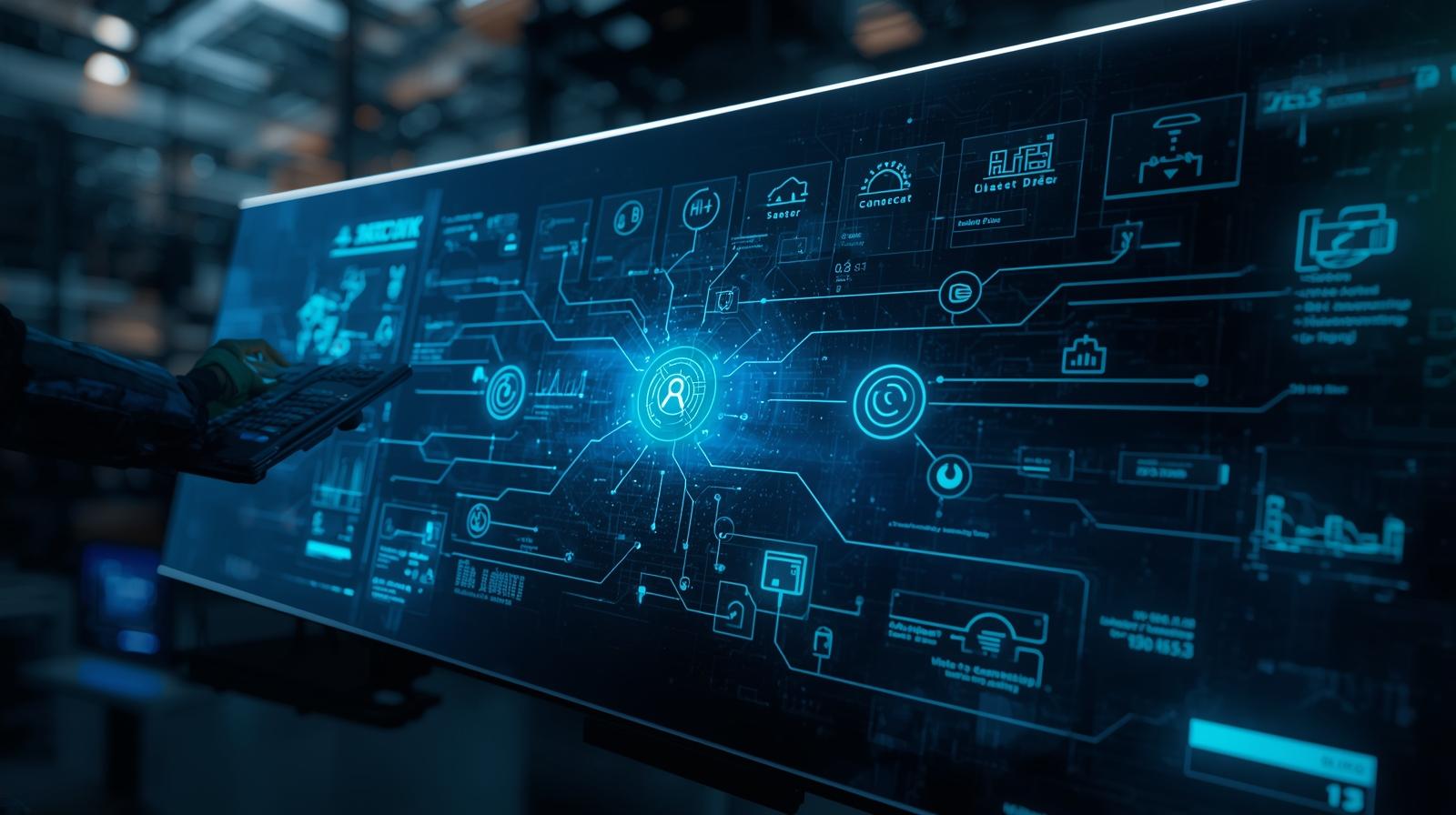The concept of the “smart building” has evolved from a futuristic fantasy into a present-day imperative. At the heart of this transformation lies building automation, the nerve system that intelligently controls a structure’s operations. As we stand on the cusp of a new era defined by technological convergence and environmental urgency, the future prospects and trends in building automation are not just promising; they are fundamentally reshaping how we design, manage, and experience the built environment. This deep dive explores the key drivers, emerging technologies, and profound implications that will define the next decade of intelligent buildings.
The global Building Automation System Market was valued at USD 92.20 billion in 2024 and is projected to grow from USD 101.74 billion in 2025 to USD 191.13 billion by 2030, at a CAGR of 13.4% during the forecast period.

The Foundational Shift: From Automation to Intelligence
Traditional building automation systems (BAS) were largely closed-loop systems focused on controlling siloed functions like HVAC, lighting, and security. The future, however, is about moving beyond simple automation to true building intelligence. This shift is powered by the integration of Internet of Things (IoT) sensors, cloud computing, and data analytics. These technologies transform buildings from static structures into dynamic, responsive entities that can learn, adapt, and optimize themselves in real-time. The core objective is no longer just control, but the creation of spaces that are hyper-efficient, sustainable, and profoundly occupant-centric.
The Core Drivers Fueling Adoption
Several powerful forces are accelerating the adoption of advanced building automation. The most significant is the global push for sustainability and net-zero carbon emissions. Governments and corporations are under immense pressure to reduce their environmental footprint, and buildings account for nearly 40% of global energy consumption. Intelligent automation is the most powerful tool to achieve drastic reductions in energy use. Secondly, there is a growing emphasis on occupant health, well-being, and productivity. Businesses now recognize that a comfortable, healthy environment directly impacts their bottom line. Finally, the economic argument is stronger than ever. While the initial investment can be substantial, the long-term operational savings from reduced energy waste, predictive maintenance, and optimized resource allocation deliver a compelling return on investment.
The Internet of Things: The Nervous System of the Smart Building
The proliferation of IoT sensors is the single most critical enabler of modern building automation. These low-cost, connected devices are deployed throughout a building to collect a vast array of data points. They monitor temperature, humidity, occupancy, light levels, air quality, and even space utilization. This constant stream of data provides the foundational layer of intelligence, offering an unprecedented, granular view of how a building is performing. This network of sensors acts as the building’s nervous system, feeding information to a central “brain” for analysis and action.
Artificial Intelligence and Machine Learning: The Intelligent Brain
If IoT sensors are the nervous system, then Artificial Intelligence (AI) and Machine Learning (ML) are the brain. AI algorithms process the massive datasets generated by IoT devices to uncover patterns, predict outcomes, and make intelligent decisions without human intervention. For instance, ML models can learn a building’s thermal properties and occupancy patterns to pre-emptively adjust HVAC settings for optimal comfort and efficiency. They can predict equipment failure before it happens, scheduling maintenance only when needed, thus avoiding costly downtime and emergency repairs. This shift from reactive to predictive and prescriptive management is the cornerstone of the future of building automation.
Digital Twins: Virtual Replicas for Real-World Optimization
A digital twin is a dynamic, virtual model of a physical building or system. It is fed by real-time data from its physical counterpart, allowing facility managers to simulate, analyze, and control the building in a risk-free digital environment. This technology is a game-changer for the future prospects and trends in building automation. Managers can test the impact of changes—like a new HVAC strategy or rearranging office layouts—on energy consumption and airflow before implementing them in the real world. Digital twins enable unparalleled optimization across the entire building lifecycle, from design and construction to ongoing operations and renovation.
Enhanced Cybersecurity: Protecting the Connected Building
As buildings become more connected and data-driven, they also become more vulnerable. The convergence of IT (Information Technology) and OT (Operational Technology) networks means a cybersecurity breach could now disrupt critical building functions like power, elevators, and life safety systems. Therefore, robust, integrated cybersecurity is no longer an optional add-on but a foundational requirement. Future building automation systems will have security baked into their design from the ground up, featuring continuous network monitoring, encryption, zero-trust architectures, and regular software updates to protect against ever-evolving threats.
Download PDF Brochure @ https://www.marketsandmarkets.com/pdfdownloadNew.asp?id=408
The Rise of Edge Computing: Processing Data at the Source
While cloud computing is central to data aggregation, edge computing is gaining prominence for its speed and efficiency. Edge computing involves processing data locally on the device or a nearby gateway, rather than sending everything to a distant cloud server. This is crucial for applications requiring immediate response, such as security systems identifying a threat or lighting adjusting instantly to occupancy. It reduces latency, saves bandwidth, and can enhance security by keeping sensitive data on-premises. The future will see a hybrid model where edge devices handle real-time, localized decisions, while the cloud manages long-term analytics and broader system oversight.
Focus on Health, Wellness, and Occupant Experience
The post-pandemic world has placed a sharp focus on indoor environmental quality (IEQ). Future building automation systems will prioritize occupant health as a primary KPI. This goes beyond temperature control to include:
-
Advanced Air Quality Monitoring: Continuous monitoring of CO2, PM2.5, VOCs, and other pollutants, with automated ventilation systems that bring in fresh air when needed.
-
Biophilic Design Integration: Automation systems that sync with natural elements, such as motorized blinds that adjust to sunlight to reduce glare and heat gain while maximizing natural light.
-
Personalized Comfort Zones: Using apps and sensors, occupants can fine-tune the lighting and temperature of their immediate workspace, enhancing their personal comfort and productivity.
Interoperability and Open Protocols: Breaking Down Silos
The legacy building automation market has been plagued by proprietary systems that don’t communicate with each other. The future is open. The adoption of open communication protocols like BACnet, MQTT, and OPC UA is breaking down these silos. This push for interoperability allows for best-of-breed solutions—where a superior lighting system from one vendor can seamlessly integrate with a best-in-class HVAC system from another. This creates a more flexible, innovative, and cost-effective ecosystem for building owners.
Integration with Smart Grids and Demand Response
Buildings will not be isolated energy consumers but active participants in the broader energy ecosystem. Through smart grid integration, building automation systems can participate in demand response programs. During periods of peak energy demand, utilities can signal the BAS to slightly reduce non-essential loads (e.g., adjusting thermostat setpoints by a degree or two) in exchange for financial incentives. This helps stabilize the grid, promotes the use of renewable energy, and generates additional savings for the building owner.

The Path to Net-Zero and Circular Economy
Ultimately, the convergence of these future prospects and trends in building automation is steering the industry towards a net-zero future. By optimizing energy use, integrating on-site renewables like solar panels, and enabling precise resource management, smart buildings are at the forefront of the fight against climate change. Furthermore, data from automation systems can inform the circular economy by tracking material usage and waste generation, promoting more sustainable practices throughout the building’s lifecycle.
The Inevitability of Intelligent Spaces
The future prospects and trends in building automation paint a picture of a more efficient, sustainable, and human-centric world. The intelligent building is evolving into a living organism that breathes, learns, and responds to the needs of its occupants and the environment. The journey involves technological integration, a commitment to cybersecurity, and a focus on open, interoperable solutions. For property owners, developers, and facility managers, embracing these trends is no longer a choice but a strategic necessity to future-proof assets, reduce operational costs, and create spaces where people truly thrive. The built environment of tomorrow will be intuitive, adaptive, and seamlessly woven into the fabric of a smarter, more resilient planet.
Explore In-Depth Semiconductor & Electronics Market Research:
https://www.marketsandmarkets.com/semiconductorand-electonics-market-research-87.html
FAQs
1. What is the main goal of future building automation systems?
The primary goal is to create buildings that are not just automated but truly intelligent. They aim to optimize energy efficiency to achieve sustainability goals, enhance occupant health and productivity through personalized environments, and reduce operational costs through predictive maintenance and data-driven decision-making.
2. How does AI improve building automation?
AI and Machine Learning analyze vast amounts of data from IoT sensors to identify patterns and make predictions. This allows the system to proactively optimize HVAC and lighting for energy savings, predict equipment failures before they occur, and continuously adapt to changing conditions and occupancy patterns without human intervention.
3. Why is cybersecurity so important for smart buildings?
As building systems (HVAC, lighting, security) become connected to IT networks, they become potential targets for cyberattacks. A breach could lead to disruption of critical services, safety risks, and data theft. Robust cybersecurity is essential to protect the building’s operational integrity and the privacy of its occupants.
4. What is a digital twin in building automation?
A digital twin is a virtual, dynamic replica of a physical building. It uses real-time data to simulate and model the building’s performance. Facility managers can use it to test scenarios, optimize systems, and troubleshoot problems in the virtual model before applying changes to the actual building, saving time and resources.
5. How do smart buildings contribute to sustainability?
They contribute significantly by drastically reducing energy consumption through optimized HVAC and lighting, integrating renewable energy sources, and enabling participation in smart grid demand response programs. The data they generate also helps in managing water usage and reducing waste, supporting broader circular economy principles.
6. Are these advanced automation systems only for new construction?
No, a significant part of the market involves retrofitting existing buildings. With the advent of wireless sensors and open protocols, older buildings can be upgraded with modern automation technologies to improve their efficiency, comfort, and value without the need for extensive and costly rewiring.
See The Latest Semiconductor Reports:
Radiation Hardened Electronics Market Size, Share & Trends : https://www.marketsandmarkets.com/Market-Reports/radiation-hardened-electronics-market-44047967.html
Smart Appliances Market Size, Share & Trends : https://www.marketsandmarkets.com/Market-Reports/smart-appliances-market-8228252.html
Ultra-low-power Microcontroller Market Size, Share & Trends : https://www.marketsandmarkets.com/Market-Reports/ultra-low-power-microcontroller-market-206772623.html
Quantum Computing Market Size, Share & Trends : https://www.marketsandmarkets.com/Market-Reports/quantum-computing-market-144888301.html
Cold Chain Monitoring Market Size, Share & Trends : https://www.marketsandmarkets.com/Market-Reports/cold-chain-monitoring-market-161738480.html
Printed Electronics Market Size, Share & Trends : https://www.marketsandmarkets.com/Market-Reports/printed-electronics-market-197.html
